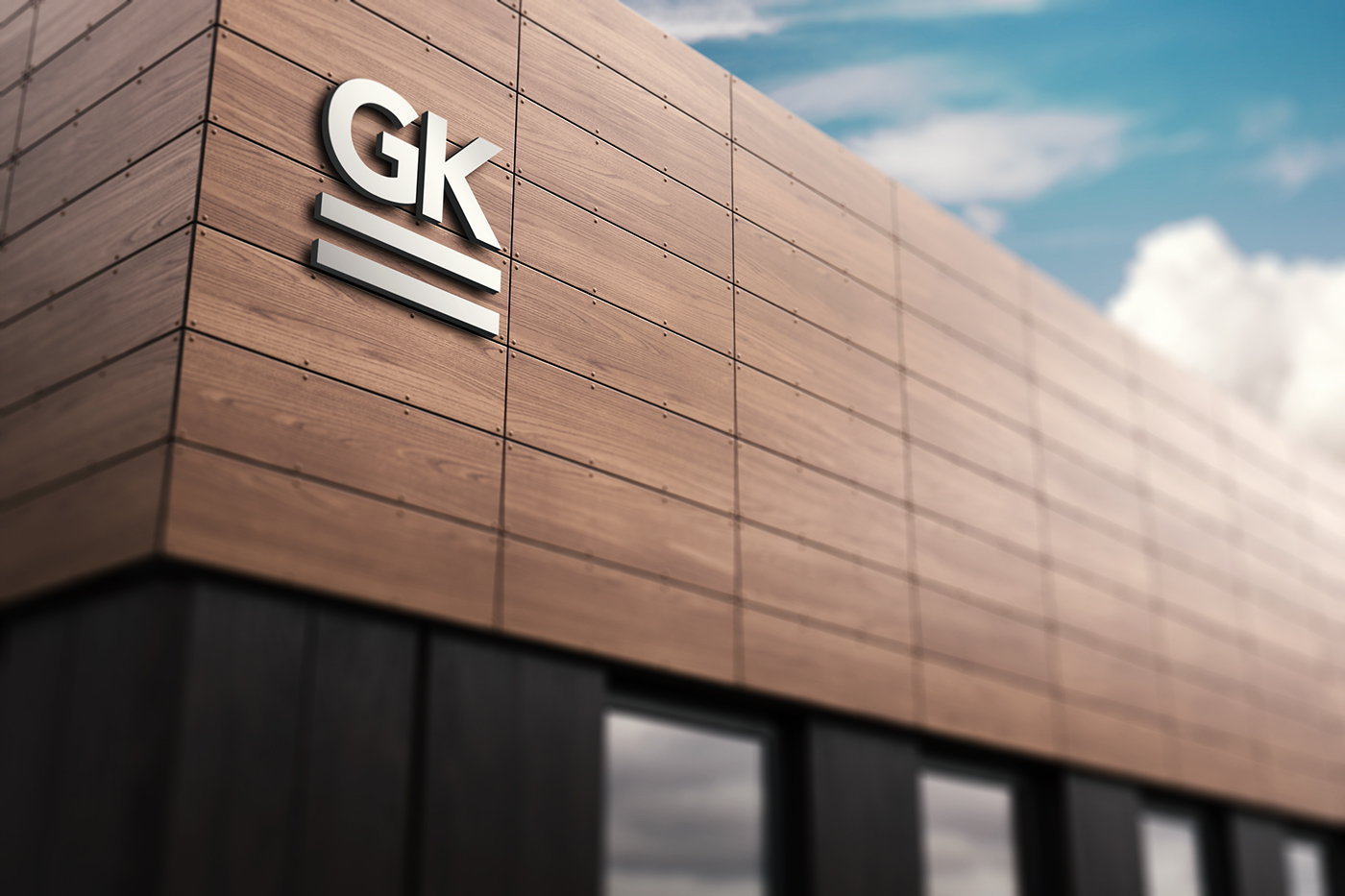Did you know an effective sign can attract up to 50% of your brand business? That is right!
For businesses, first impressions matter. Your signage serves as a silent ambassador, constantly communicating about your brand and its offerings to the world. But in a world saturated with visual incitements, how can you ensure your signs stand out, capture attention, and effectively convey your message?
The answer lies in the art of effective sign design. A well-crafted sign can transform your business presence, turning passersby into captivated customers and propelling your brand to new heights.
Whether you’re creating signs for a business, event, or public space, here are 7 essential tips to help you create signage that speaks volumes:
1. Clarity and Simplicity
Your sign should communicate its message in a simple and clear way. Avoid clutter and unnecessary details that may confuse the audience. Additionally, use straightforward language and easy-to-read fonts. Complicated fonts or excessive text can discourage people from engaging with your sign.
2. Readability
Opt for fonts that are easy to read from a distance. Fancy or overly stylized fonts might hinder readability. Also, ensure there’s a noticeable contrast between the text and background colors. High contrast improves visibility, especially in various lighting conditions.
Assess how well your sign can be read from different distances. Consider the angles and lighting conditions that potential viewers might encounter.
3. Color Psychology
Use color psychology to evoke emotions, influence perceptions, and shape brand identity.
Choose colors that align with your brand’s personality and resonate with your target audience.
For instance, warm tones like red and orange evoke energy and excitement, while cool hues like blue and green convey tranquility and trust.
4. Consistent Branding
Maintain a consistent design. Ensure that your sign aligns with your overall brand aesthetic.
Consistency in colors, fonts, and logo usage helps reinforce brand identity.
5. Hierarchy of Information
Arrange information based on its importance. Use font sizes, styles, or placement to create a
clear information hierarchy. The most critical details should stand out.
6. Use of Icons and Imagery
Integrate icons or symbols that complement your message and make the sign visually appealing. They should be relevant to your business or message. Ensure they are easily recognizable to your target audience.
7. Testing and Durability
Evaluate your sign design in different lighting conditions and from various distances to ensure visibility and readability. Get input from others, especially those representing your target audience, to ensure the message is clear and resonates effectively.
If the sign will be outdoors, select materials that can withstand the elements. Consider the expected lifespan of the sign and invest in quality materials for longevity.
Remember that the goal of a sign is to communicate information quickly and effectively. Your sign is a silent salesperson, constantly working to promote your brand and its offerings. Make sure it speaks volumes.
At Cubiqprint, we are here to guide you through these processes and help you create a sign that will put your Brand on the map. We go beyond mere signs; we craft visual masterpieces that resonate with the very soul of your brand. Join us on this exciting journey, and let your sign make your brand famous and leave a lasting impression on your customers.




